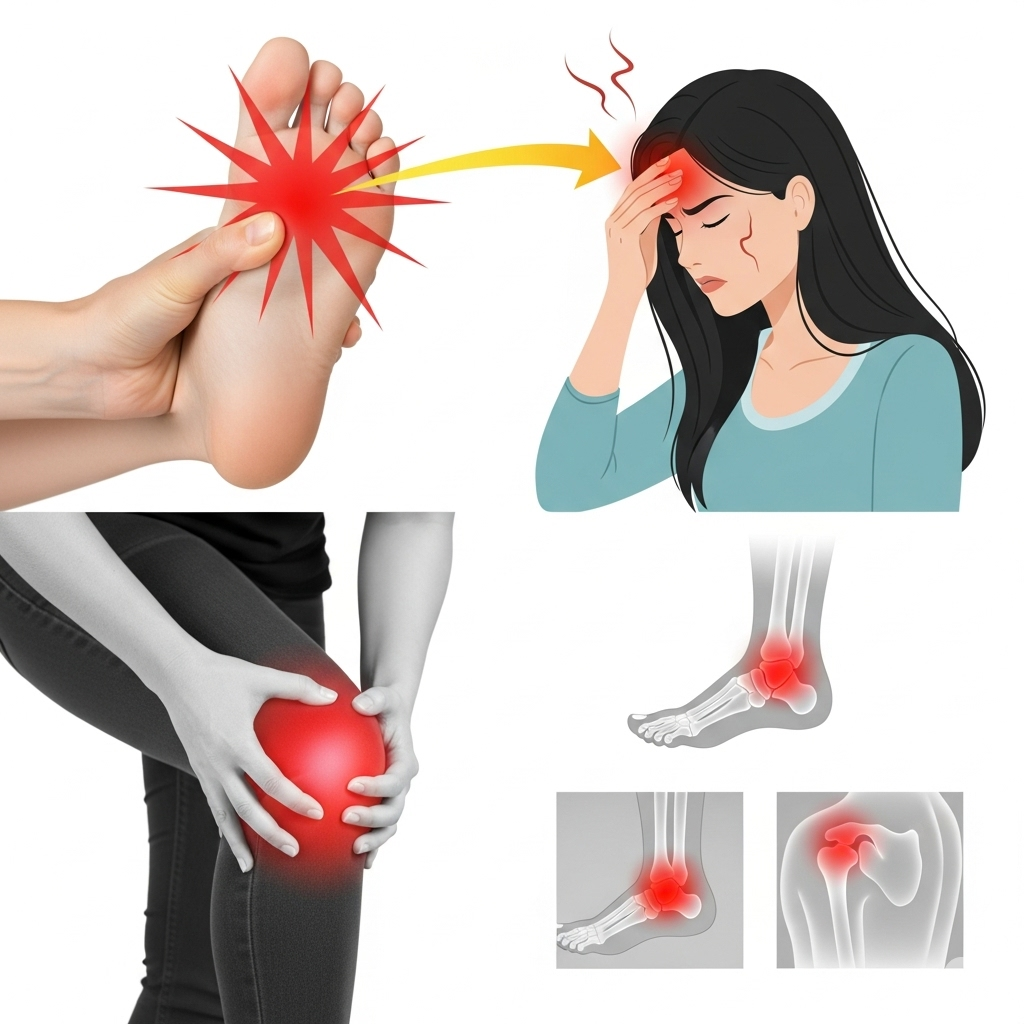
Here’s a refined and slightly expanded rewrite of your text for clarity, flow, and engagement:
High Uric Acid: Causes, Symptoms, and Treatment Explained
You may have heard of hyperuricemia, a condition characterized by elevated levels of uric acid in the bloodstream. But what exactly causes it—and why should you care?
What Is Uric Acid?
Uric acid is a natural waste product created when the body breaks down purines—substances found in DNA, RNA, and certain foods. While most uric acid is filtered out by the kidneys and excreted through urine, problems occur when the body produces too much or fails to eliminate it efficiently.
When uric acid builds up, it can crystallize in the joints, leading to painful conditions like gout and other health issues.
Common Causes of High Uric Acid
- Overproduction of uric acid by the body
- Impaired kidney function, leading to reduced excretion
- Diet high in purine-rich foods (like red meat, seafood, and certain vegetables)
- Excessive alcohol or drug use
Additional Risk Factors
- Frequent consumption of alcohol or caffeinated drinks
- Family history of gout or metabolic disorders
- Use of iodine-based contrast agents in imaging procedures
- Chronic stress
- Underlying conditions such as high blood pressure, diabetes, obesity, and high cholesterol
Symptoms to Watch For
High uric acid levels often go unnoticed until complications arise. One of the most common outcomes is gout, which occurs when uric acid crystals collect in the joints.
Symptoms may include:
- Swelling, redness, and sharp joint pain
- Limited joint mobility—especially in the toes, ankles, knees, fingers, and heels
- Deformed joints in advanced cases
- Recurring kidney stones, resulting in back pain or painful urination
Treatment Options
The main goal in treating hyperuricemia is to lower uric acid levels and prevent flare-ups. Approaches typically include:
- Dietary adjustments: Reduce intake of purine-rich foods and drink plenty of water (preferably low in minerals)
- Medications: Anti-inflammatory drugs to manage gout symptoms; uric acid-lowering medications (e.g., allopurinol or febuxostat)
- Preventive therapy: Long-term use of xanthine oxidase inhibitors may be recommended to maintain healthy uric acid levels
Foods That Help Lower Uric Acid
Incorporate more of the following into your diet:
- Artichokes
- Onions
- Celery
- Pumpkin
- Carrots
- Strawberries
- Citrus fruits
- Eggs
- Plenty of low-mineral (soft) water
Foods and Drinks to Avoid
- Red meats (beef, lamb, pork)
- Shellfish and certain fish (like sardines and anchovies)
- Spinach, mushrooms, cauliflower, and asparagus
- Alcohol (especially beer)
- Sugary soft drinks and sweetened beverages
Tips for Prevention
- Get routine checkups—especially if you have risk factors
- Stay well-hydrated: aim for at least 2 liters of water daily
- Limit intake of red meat, seafood, and alcohol
- Drink chamomile or horsetail tea twice weekly to support kidney function
- Always consult your healthcare provider if you experience symptoms or have concerns about your uric acid levels
Early action can prevent painful complications. Managing your lifestyle and staying informed are key to keeping high uric acid in check.


